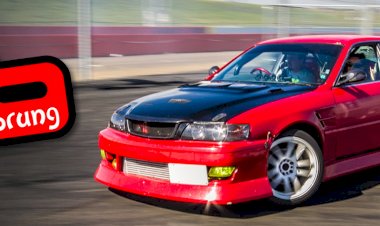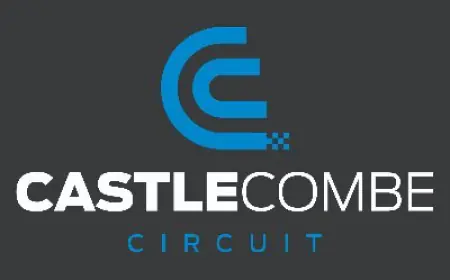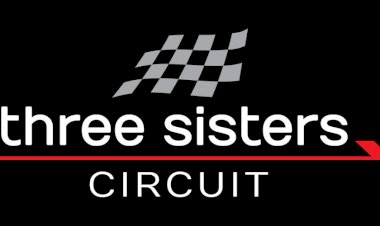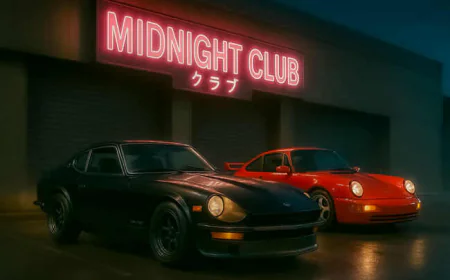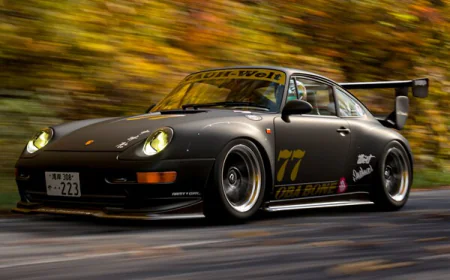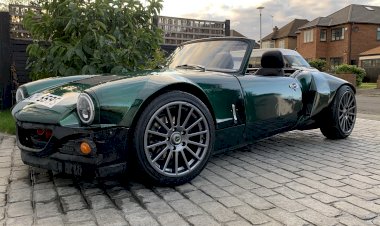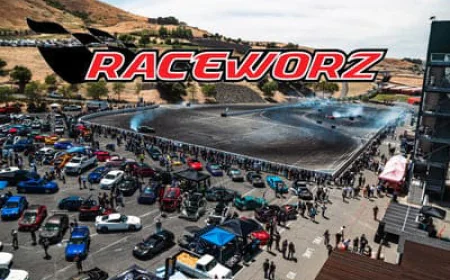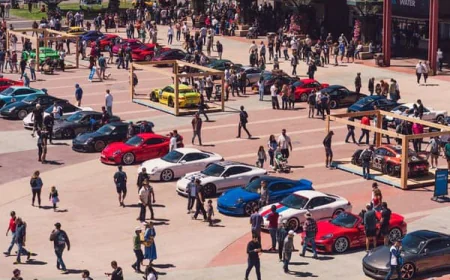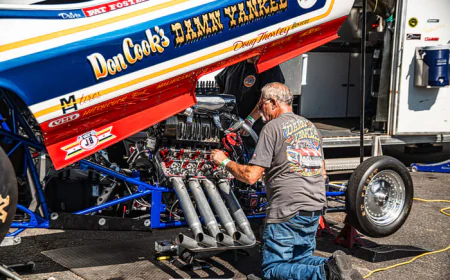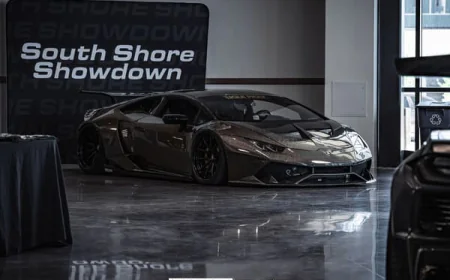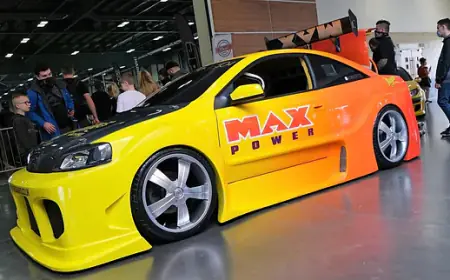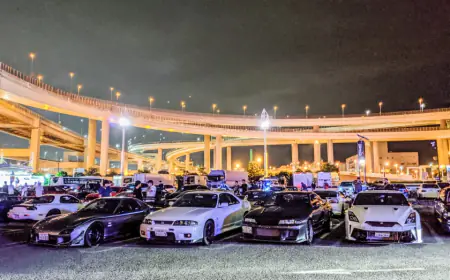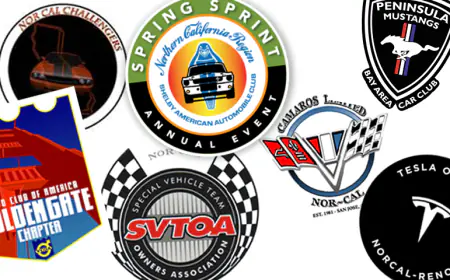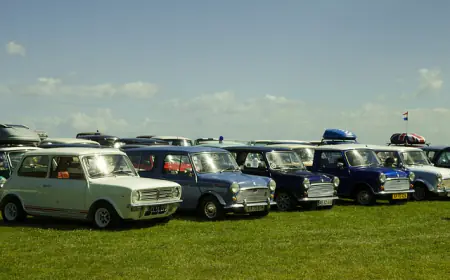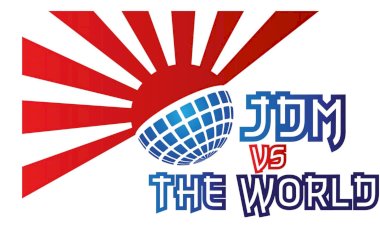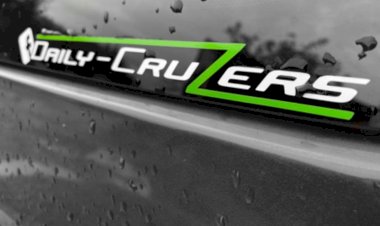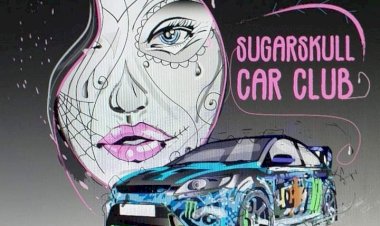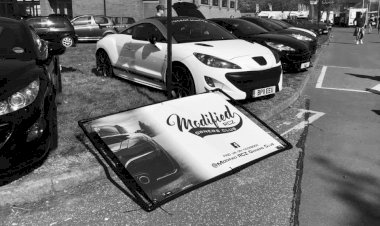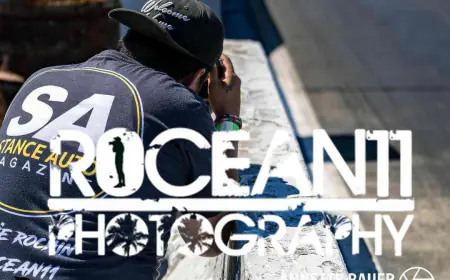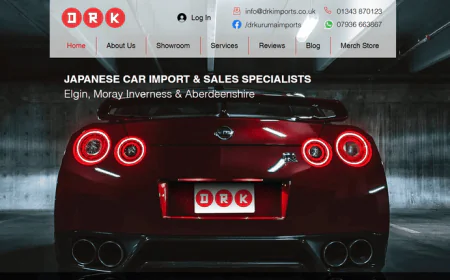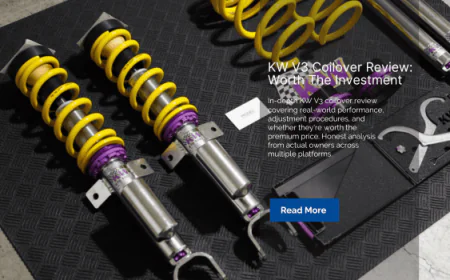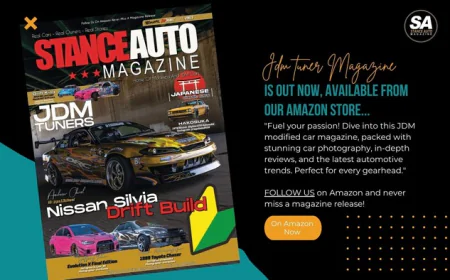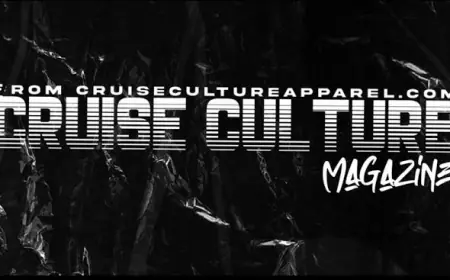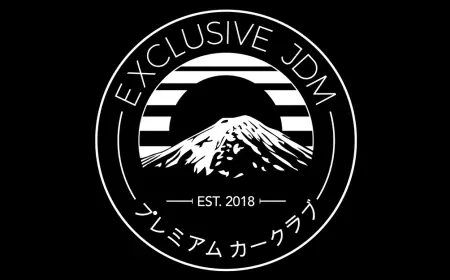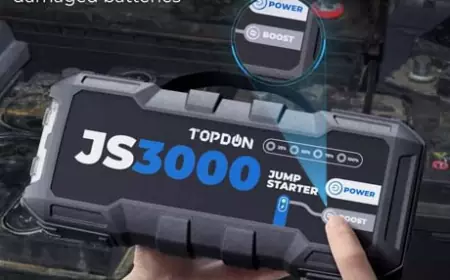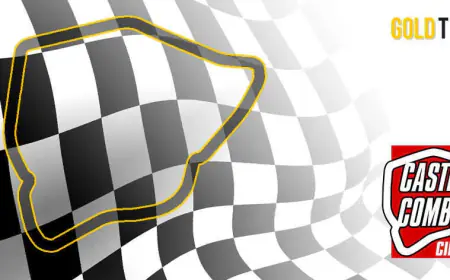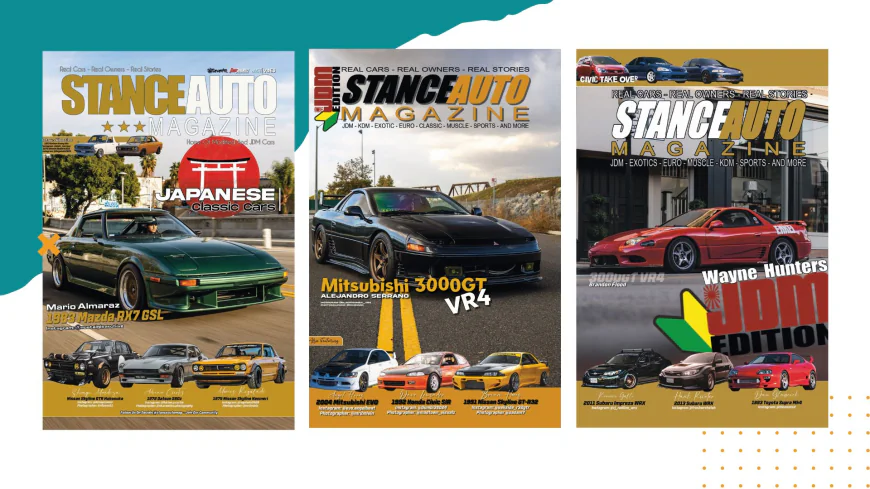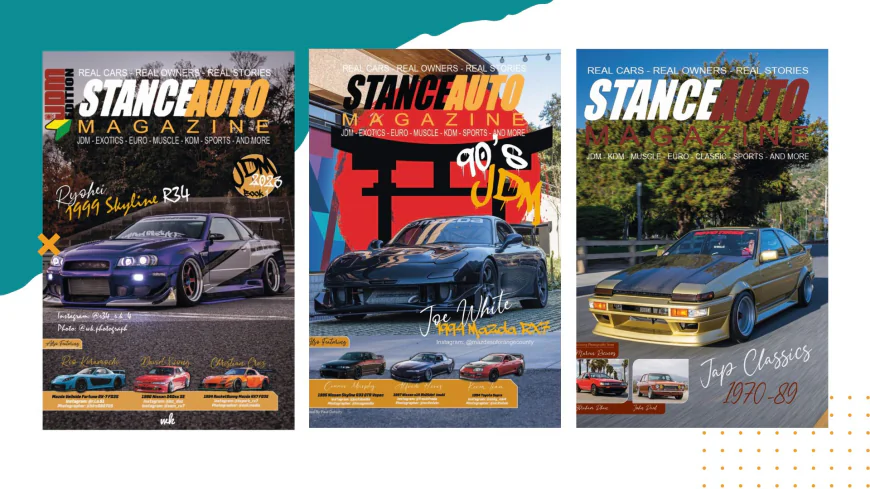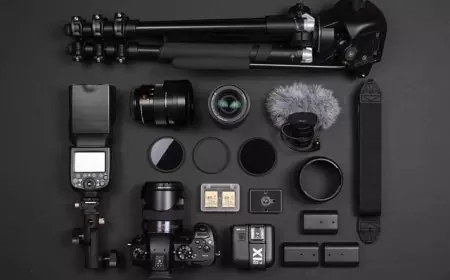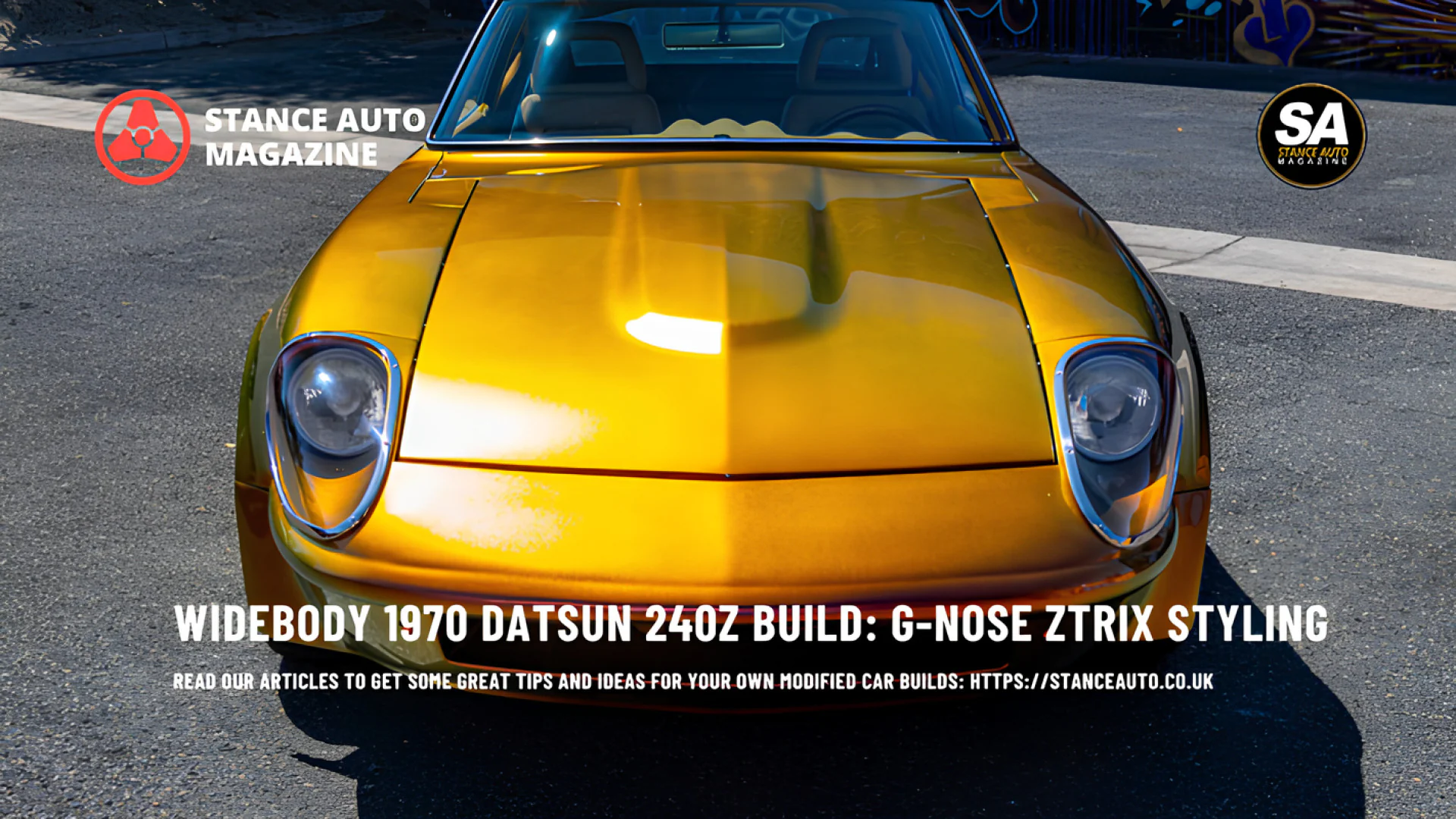No. 1 Selling JDM Magazine: Exploring JDM 90's Classics from Stance Auto
Read why Stance Auto's JDM 90's Classics became the best-selling JDM magazine, featuring iconic Japanese legends, legendary tuners, and the golden era builds that define JDM culture.
TL;DR: Key Takeaways
-
JDM 90's Classics represents Stance Auto's most successful issue, capturing the essence of Japan's golden automotive era with unparalleled depth and photographic excellence
-
The magazine's focus on JDM legends from the 1990s and early 2000s resonates with enthusiasts who experienced this era firsthand and newcomers discovering these iconic builds
-
Exceptional curation of JDM classics combined with technical insights and compelling storytelling created a benchmark for what premium JDM magazine content should deliver
When Stance Auto Magazine released their JDM 90's Classics issue, nobody quite anticipated the overwhelming response that would make it their best-selling publication to date. The magazine struck a perfect chord with enthusiasts by focusing exclusively on the vehicles that defined Japanese automotive culture during its most influential decade—the 1990s. This wasn't just another collection of modified JDM cars; it was a carefully curated celebration of the machines, builders, and philosophy that transformed Japanese tuning from a domestic phenomenon into a global obsession that continues to influence automotive culture decades later.
The success of JDM 90's Classics speaks to something deeper than nostalgia, though that certainly plays a role for enthusiasts who came of age during this golden era. The 1990s represented a unique convergence of factors that made it the perfect storm for Japanese performance cars—manufacturers were engaged in an unofficial horsepower war, homologation specials brought race-bred technology to the streets, and Japan's economic prosperity meant workshops had resources to push boundaries without the constraints that would later limit experimentation. Documenting this period with the production values and editorial depth that Stance Auto brings to every issue created something genuinely special, a publication that serves simultaneously as historical document, technical reference, and visual celebration of automotive excellence.
The Vehicles That Define an Era
The JDM 90's Classics issue opens with what many consider the holy trinity of 1990s Japanese performance—the R33 and R34 Skyline GT-R, the JZA80 Supra, and the FD3S RX-7. These weren't just fast cars; they were technological showcases that demonstrated Japanese engineering prowess while maintaining the character and driver engagement that made them beloved beyond their impressive performance numbers. Stance Auto's coverage goes far beyond surface-level appreciation, diving into the technical innovations that made each vehicle significant and profiling specific examples that represent the pinnacle of what's possible when skilled JDM tuners apply their craft to already exceptional platforms.
The R34 Skyline GT-R receives particular attention, and deservedly so—this final evolution of the RB26-powered GT-R represented the culmination of decades of racing heritage and engineering refinement. The featured builds showcase the incredible versatility of the platform, from meticulously restored examples maintaining factory specifications to heavily modified time attack weapons producing over 1,000 horsepower while remaining streetable. Each feature includes technical specifications that help readers understand exactly what components and modifications transform these JDM legends from impressive factory machines into the stuff of automotive legend, making the content valuable for both appreciation and practical application.

Workshop Profiles: The Masters Behind the Machines
What elevates JDM 90's Classics beyond simple car features is the inclusion of comprehensive workshop profiles highlighting the master builders who defined 1990s JDM tuners culture. These aren't generic shop tours—Stance Auto spent significant time with each featured workshop, documenting their philosophies, signature techniques, and the specific approaches that made their builds recognizable to knowledgeable enthusiasts. Understanding that a particular Supra came from a specific workshop immediately told you something about its character, performance priorities, and the attention to detail in its construction, much like recognizing a particular artist's brushwork in a painting.
The magazine features both legendary workshops that have been operating since the golden era and newer operations carrying forward the traditions and standards established during the 1990s. This bridging of generations proves crucial for understanding how JDM culture evolves while maintaining core values—respect for engineering excellence, commitment to quality over shortcuts, and the understanding that truly exceptional builds require time, expertise, and meticulous attention to every component and system. The workshop sections include interviews with head tuners discussing their experiences during the 1990s, providing firsthand perspectives on what made this era so special and how contemporary builds can honor that heritage while incorporating modern technology and understanding.
The Photography That Brings Classics to Life
Exceptional automotive photography has always been central to Stance Auto's identity, and JDM 90's Classics showcases this commitment with stunning visual documentation that captures both the aesthetic appeal and mechanical sophistication of featured vehicles. The photography team understood that these JDM classics deserved treatment that honored their significance, shooting in locations that evoke the era while using lighting techniques that reveal every detail of builds representing thousands of hours of skilled labor and hundreds of carefully selected components working in harmony.
The issue includes a remarkable series shot at Fuji Speedway during early morning hours, capturing a collection of 1990s icons in their natural habitat with Mount Fuji providing a backdrop that grounds these machines in their Japanese heritage. Other shoots take place in urban environments reminiscent of the street racing culture that helped popularize these cars internationally, and in workshop settings that show them mid-build, revealing the extensive modifications hidden beneath seemingly stock exteriors. This variety in location and approach creates a comprehensive visual narrative that shows JDM cars in multiple contexts, each reinforcing different aspects of what makes them culturally significant beyond mere transportation or even performance.
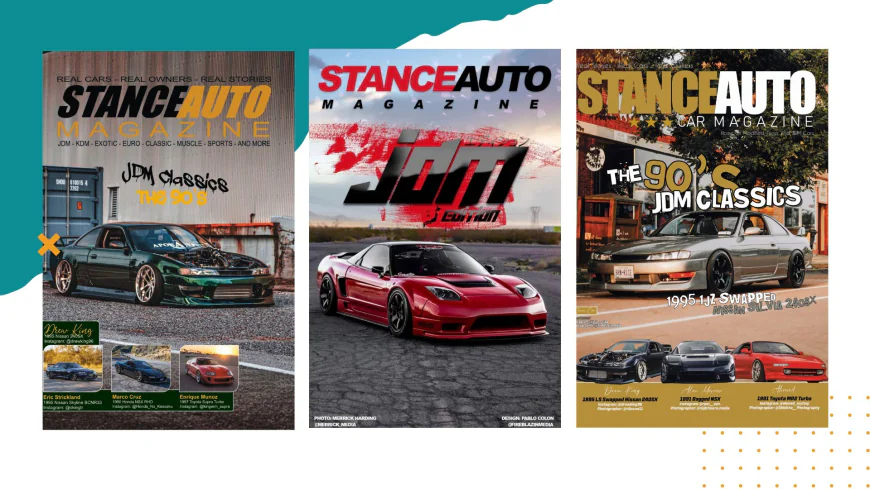
Technical Deep Dives: Understanding the Modifications
For readers who want to understand what separates competent modifications from exceptional builds, JDM 90's Classics delivers technical content with genuine depth. The magazine dedicates substantial page space to explaining specific modifications, why builders chose particular approaches, and how individual components contribute to overall performance characteristics. A feature on a heavily modified Supra, for instance, doesn't just list specifications—it walks through the builder's logic in selecting a particular turbocharger, explains supporting modifications necessary to handle increased power reliably, and discusses tuning philosophy that maximizes performance while maintaining drivability for a car that sees regular street use.
These technical sections prove invaluable for enthusiasts planning their own builds or simply wanting to develop deeper understanding of what makes exceptional JDM tuners work successful. The content assumes reader intelligence without requiring engineering degrees, explaining concepts clearly while maintaining accuracy and avoiding the oversimplifications that plague less serious automotive media. This balance has made the issue a frequently referenced resource within the JDM community, with specific features cited in forum discussions and used as examples when debating modification approaches or component selection for various platforms and intended uses.
The Cultural Context: Why the 90s Matter
Understanding why JDM 90's Classics resonated so strongly requires appreciating the broader cultural context surrounding 1990s Japanese performance cars. This was the era when video games like Gran Turismo introduced international audiences to JDM legends previously unknown outside Japan, when Fast and Furious films brought Japanese tuning culture into mainstream consciousness, and when import drag racing and time attack competitions demonstrated the incredible performance potential of properly built Japanese platforms. The magazine contextualizes featured builds within this cultural moment, explaining not just what was built but why it mattered and how it influenced the trajectory of global automotive enthusiasm.
The 1990s also represented the final era before modern connectivity made automotive culture truly global and instantaneous. Information traveled more slowly, making magazines crucial for spreading knowledge about Japanese tuning techniques and showcasing builds that inspired enthusiasts worldwide. JDM 90's Classics captures this period's particular character—the excitement of discovering new workshops and builds, the mystique of Japan as this distant source of automotive innovation, and the dedication required to pursue JDM culture when it required significantly more effort than today's environment where information and parts availability have made these cars more accessible, though perhaps no less special to those who truly appreciate them.
Owner Stories: The People Behind the Builds
Beyond the technical specifications and stunning photography, JDM 90's Classics succeeds because it tells human stories—profiles of owners whose dedication to their vehicles goes far beyond typical car enthusiasm. These aren't people who bought cars for status or investment; they're true believers who pursued particular builds because those vehicles represent something meaningful, whether that's childhood dream cars, connections to specific racing heritage, or simply profound appreciation for the engineering excellence that Japanese manufacturers achieved during this golden era.
One particularly compelling feature follows a UK-based enthusiast who spent fifteen years tracking down period-correct parts to restore his R33 GT-R to exact specifications from a legendary Japanese tuner's signature build from 1997. The story documents not just the restoration process but the relationships formed with other enthusiasts and parts suppliers internationally, the detective work required to authenticate components, and the satisfaction of finally completing a build that honors both the original car and the workshop that inspired it. These human elements transform what could be simple car features into narratives that resonate emotionally, creating connections between readers and subjects that extend beyond mere appreciation of mechanical excellence.
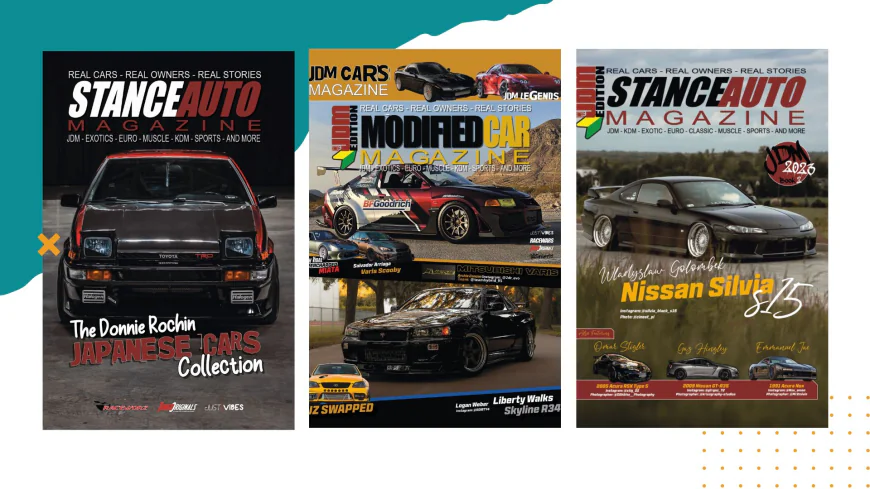
Collectibility and Investment: More Than Just Reading Material
The success of JDM 90's Classics has made it increasingly collectible, with early printings commanding premium prices on secondary markets where enthusiasts seek complete Stance Auto collections. This collectibility reflects both the quality of content and the recognition that this issue captured a particular moment in JDM magazine publishing—a perfect execution of format, subject matter, and editorial vision that created something with lasting value beyond immediate reading pleasure. For collectors, owning JDM 9's Classics means possessing a definitive document of 1990s Japanese performance culture presented with production values and depth that make it genuinely valuable as historical reference.
The magazine's value extends beyond collectibility to practical application—many featured builds have become benchmarks that contemporary builders reference when planning their own projects or evaluating component choices. Having physical access to detailed specifications, modification lists, and the builders' own explanations of their approaches provides resources that random internet searches can't replicate, making Stance Auto Magazine's JDM 90's Classics an investment in knowledge as much as a collectible publication.
The Legacy: Influencing Future JDM Magazine Content
The overwhelming success of JDM 9's Classics has influenced how Stance Auto approaches subsequent issues, demonstrating that enthusiasts respond to focused, deeply researched content celebrating specific aspects of JDM culture rather than scattered coverage trying to appeal to everyone. This lesson has shaped the magazine's editorial direction, encouraging more thematic issues that explore particular eras, specific platforms, or distinct aspects of Japanese tuning culture with the depth and production quality that made JDM 90's Classics so successful and beloved within the community.
For readers interested in exploring the broader landscape of JDM car magazines and understanding how publications document Japanese automotive culture, the comprehensive guide at JDM Car Magazines: Your Ultimate Guide to Japan's Automotive Culture in Print provides valuable context about the magazine format's enduring appeal and importance within enthusiast culture.
Conclusion: A Benchmark for JDM Magazine Excellence
JDM 9's Classics stands as Stance Auto's most successful issue not through accident but through deliberate excellence in every aspect—vehicle selection, photography, technical content, storytelling, and production quality all aligned to create something that transcends typical magazine publishing to become a definitive document of a crucial period in automotive history. For enthusiasts seeking to understand what made the 1990s such a special era for Japanese performance cars, or builders looking for inspiration and technical guidance for their own projects involving JDM classics, this issue provides unmatched value that justifies its status as the best-selling publication in Stance Auto's catalog.
The magazine proves that quality automotive journalism has enduring appeal and value even in an era of free digital content, demonstrating that enthusiasts will support premium publications that honor their passion with the seriousness and depth it deserves. As interest in 1990s JDM legends continues growing among both nostalgic enthusiasts and younger collectors discovering these cars, JDM 90's Classics will likely remain relevant and sought-after for years to come, a testament to what's possible when editorial vision, production excellence, and genuine automotive passion align to create something truly special.
Related Articles
-
No. 1 Selling JDM Magazine: Exploring JDM 9's Classics from Stance Auto (https://stanceauto.co.uk/no-1-selling-jdm-magazine-jdm-90s-classics-stance-auto) - Dive deep into what makes Stance Auto's JDM 9's issue their best-selling magazine, featuring the most iconic Japanese classics and legendary builds that define the golden era of JDM culture.
-
JDM Magazines Live On: The Digital Evolution of Stance Auto's JDM Coverage (https://stanceauto.co.uk/jdm-magazines-live-on-digital-evolution-stance-auto) - Explore how Stance Auto is bridging the gap between traditional print magazines and digital content, keeping JDM magazine culture alive for new generations while preserving the depth that makes print essential.
-
Four Years of JDM Excellence: The Complete Stance Auto Magazine Archive (https://stanceauto.co.uk/four-years-jdm-excellence-stance-auto-magazine-archive) - A comprehensive look at four years of Stance Auto's JDM magazine coverage, highlighting the evolution of featured builds, emerging trends, and the workshops that have shaped contemporary JDM tuner culture.
-
JDM Tuners Revealed: Inside the Workshops Defining Japanese Performance (https://stanceauto.co.uk/jdm-tuners-revealed-workshops-defining-japanese-performance) - Go behind the scenes with the master builders and specialist workshops featured in JDM car magazines, understanding the philosophies, techniques, and dedication that produce magazine-worthy builds.
-
From Classic to Contemporary: The Evolution of JDM Legends in Magazine Features (https://stanceauto.co.uk/classic-contemporary-evolution-jdm-legends-magazine-features) - Trace how iconic JDM classics like the Skyline GT-R, Supra, and RX-7 have been documented across decades of magazine coverage, revealing how perceptions and modifications have evolved while core appeal remains timeless.
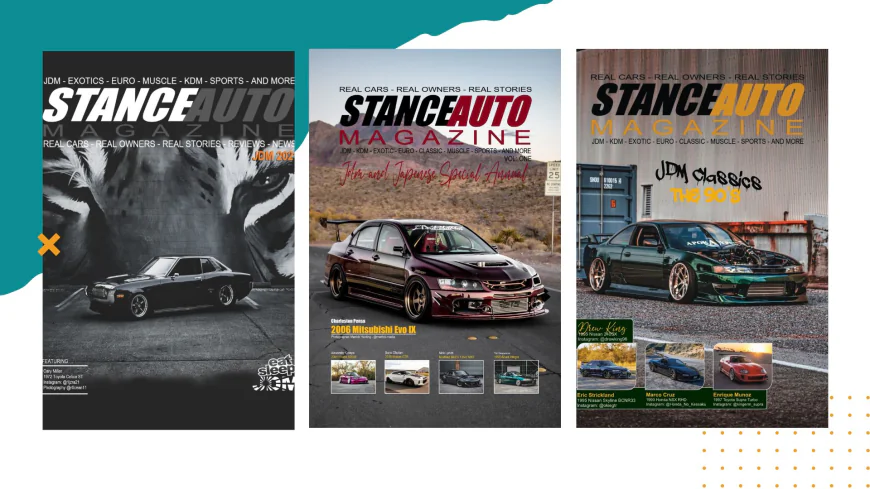
Want More JDM Icons?
If you love stories like this one, you will enjoy our featured magazines available on Amazon
- Stance Auto Magazine Japanese Classic Cars Vol2: Modified Japanese Classic JDM Cars Magazine
- Stance Auto Magazine July 2025: A Worldwide Monthly Modified Car Magazine
- Modified Car Magazine The JDM Magazine: The World Wide Modified JDM Car Magazine
- Stance Auto Magazine The 90's JDM Classics - June 2025: A look Back At The 90's Classic JDM Cars On Stance Auto
- Stance Auto Magazine Modified BMW'S 2025: The Modified and Tuner BMW Car Magazine
- The RWB Porsche Magazine From Stance Auto: Akira Nakai The Man Behind The RWB Builds
- Stance Auto Magazine JDM Classics The 90s
These print editions showcase incredible builds like Lucas’s GT-R while supporting the global modified car community.
Call to Action
Do you have a build story like this one? Got a build on a budget? We want to see it. Submit your story to Stance Auto Magazine, and you could be the next featured owner showing the world how to do it right—without breaking the bank.
And hey, don’t forget to tag us on socials. Use #stanceautomag on Instagram, Pinterest and Facebook so we can see (and maybe feature) your ride.
Test Your JDM Car Knowledge and Take Our No. 1 JDM Car Quiz

Order Your Stance Auto Car Magazines From Our Amazon Book Store
Test Your Automotive Knowledge and Take Our No. 1 Car Quiz
Get Noticed Use our Hashtags - #stanceauto #stanceautomag #stanceautomagazine #modifiedcarmagazine
UKTM no: UK00003572459
 Like
0
Like
0
 Dislike
0
Dislike
0
 Love
0
Love
0
 Funny
0
Funny
0
 Angry
0
Angry
0
 Sad
0
Sad
0
 Wow
0
Wow
0
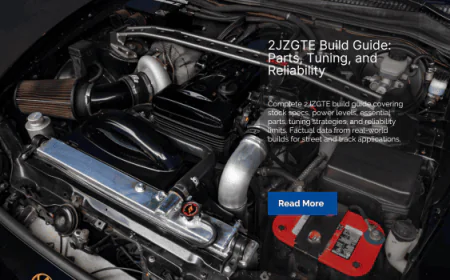

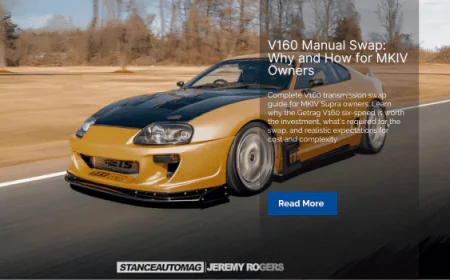
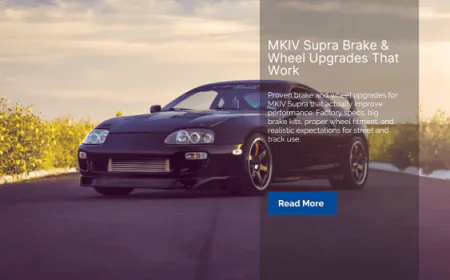



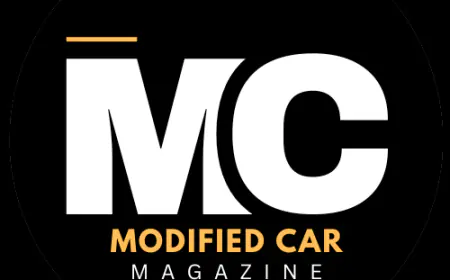

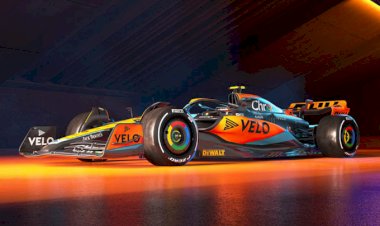



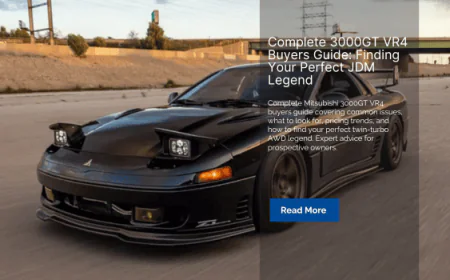





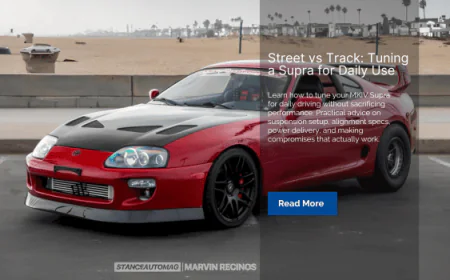


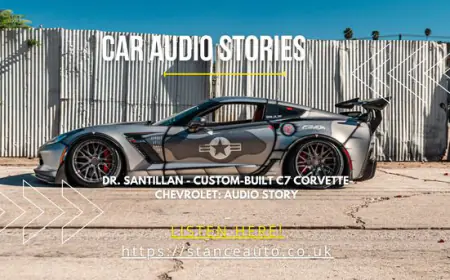






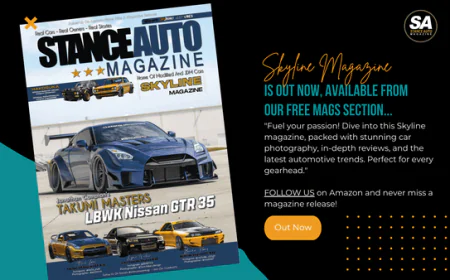

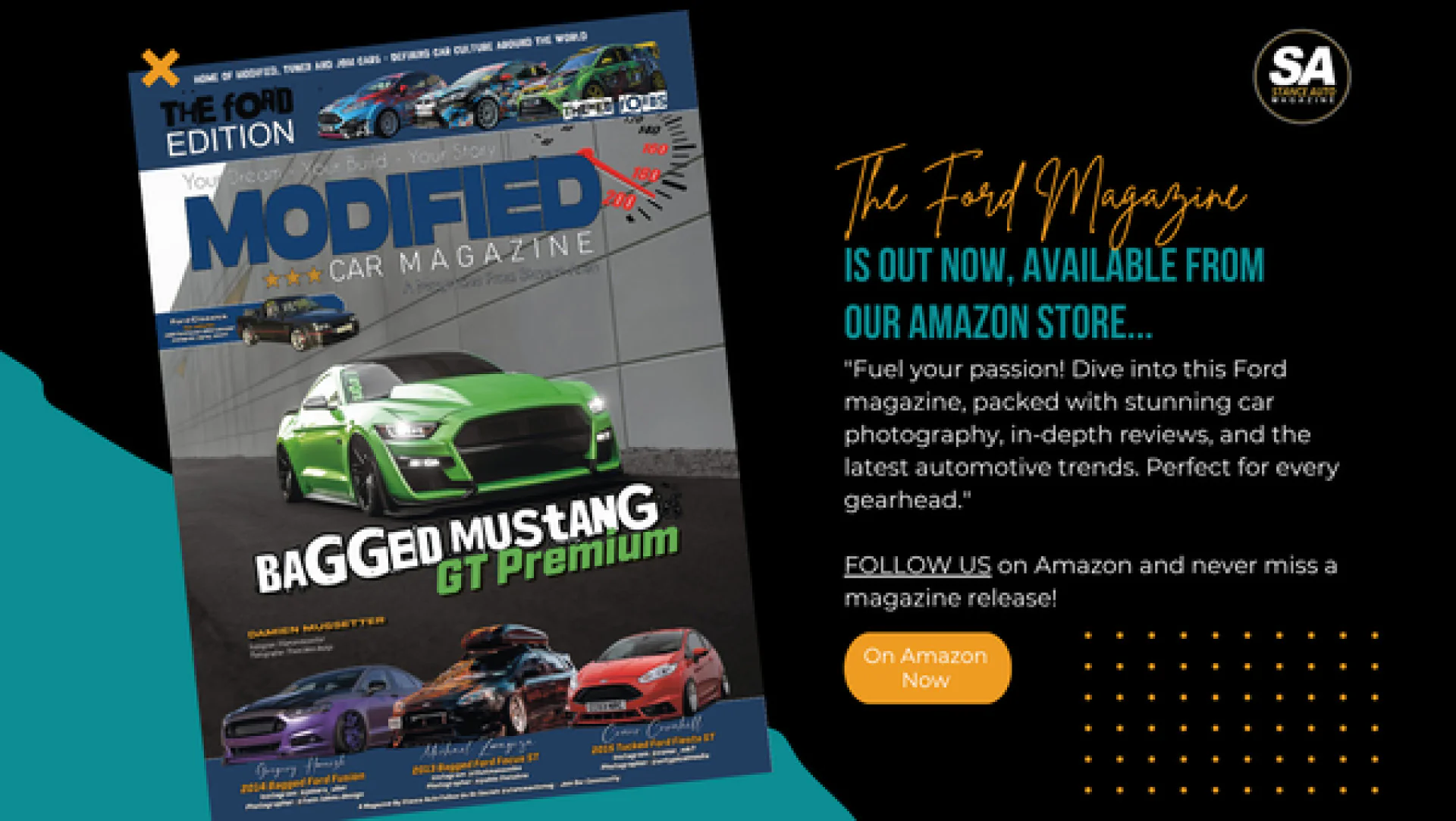



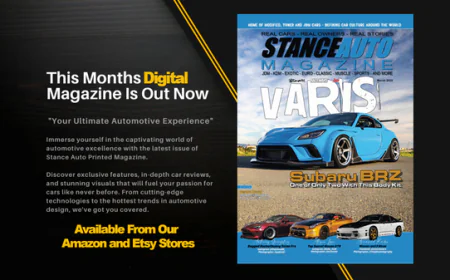
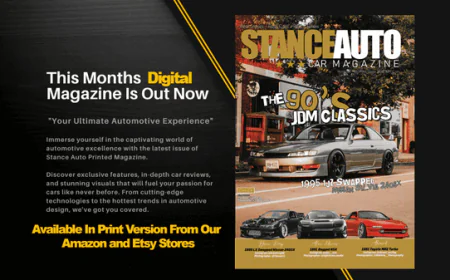
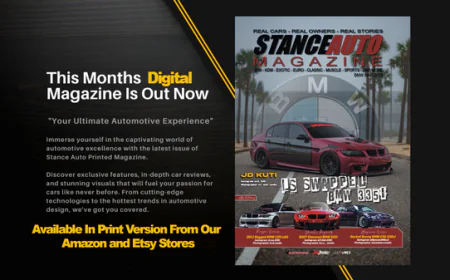
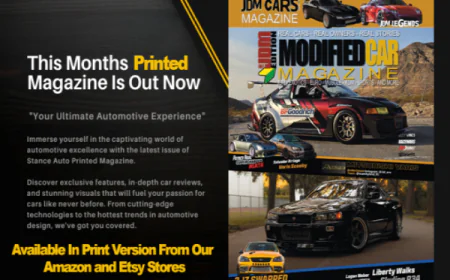
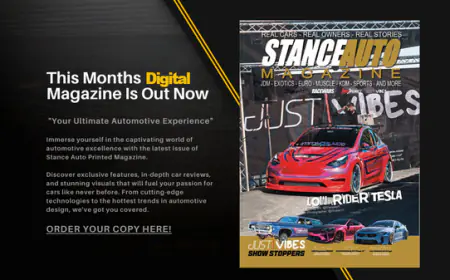
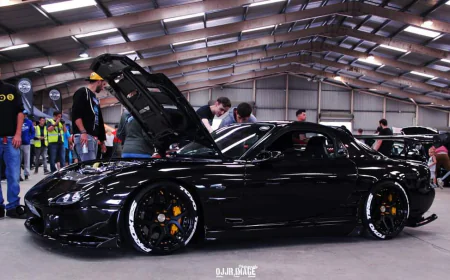

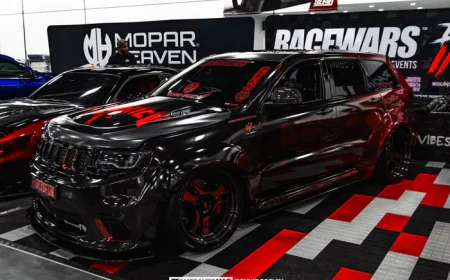





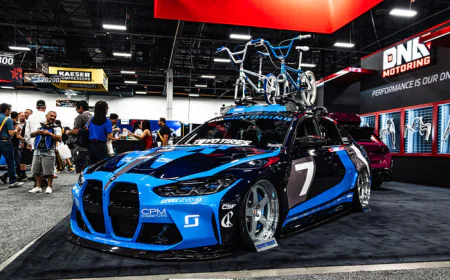
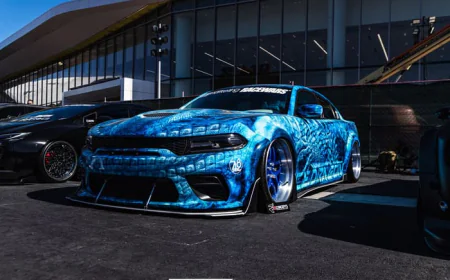



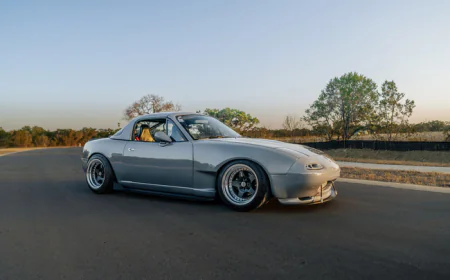

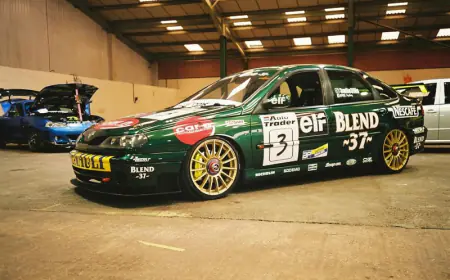








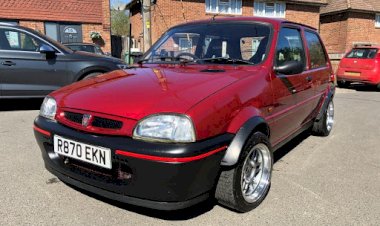
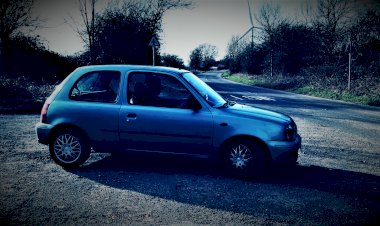




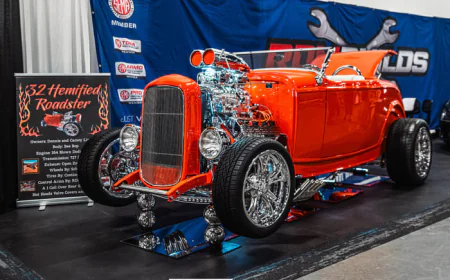


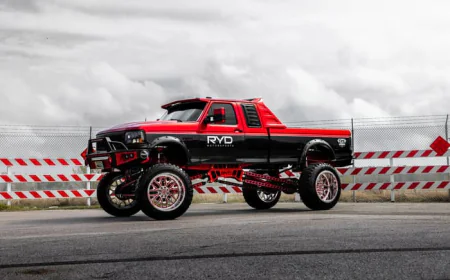
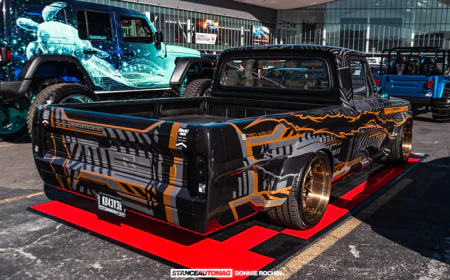

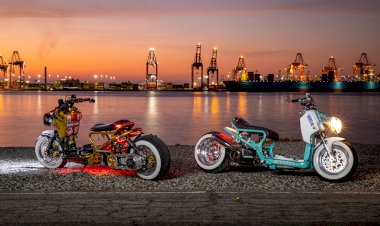

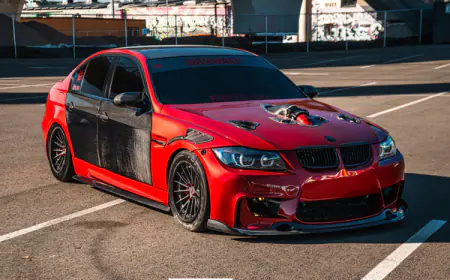
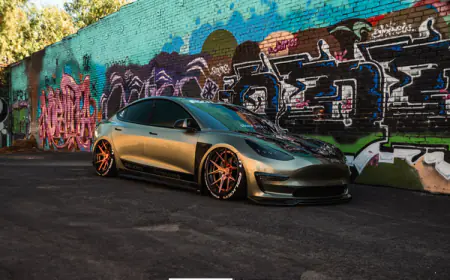




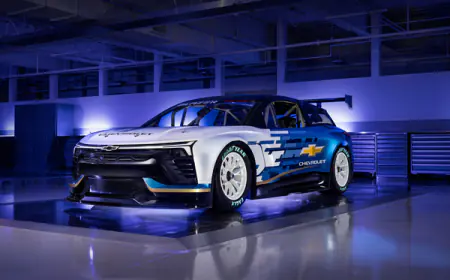

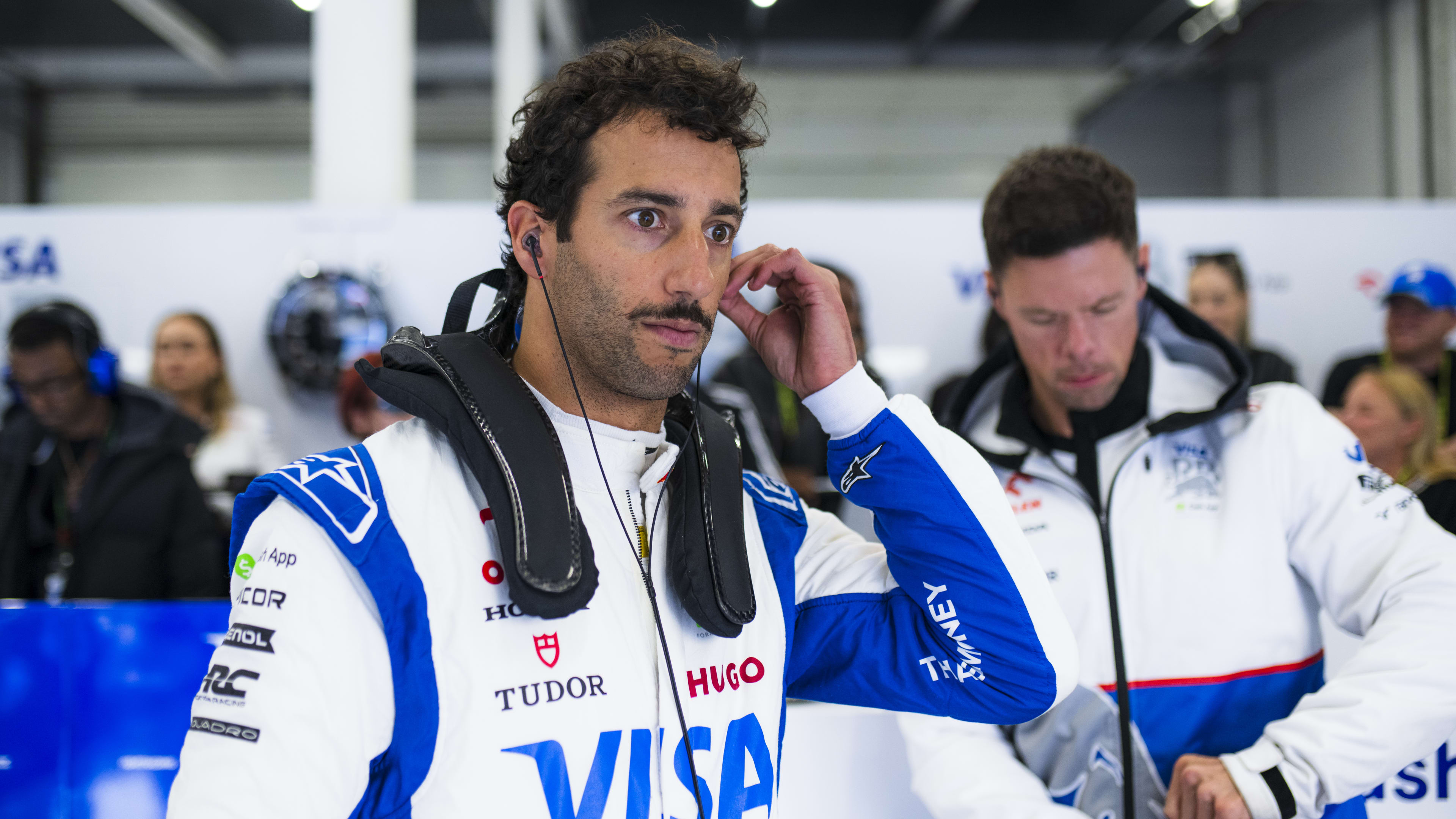
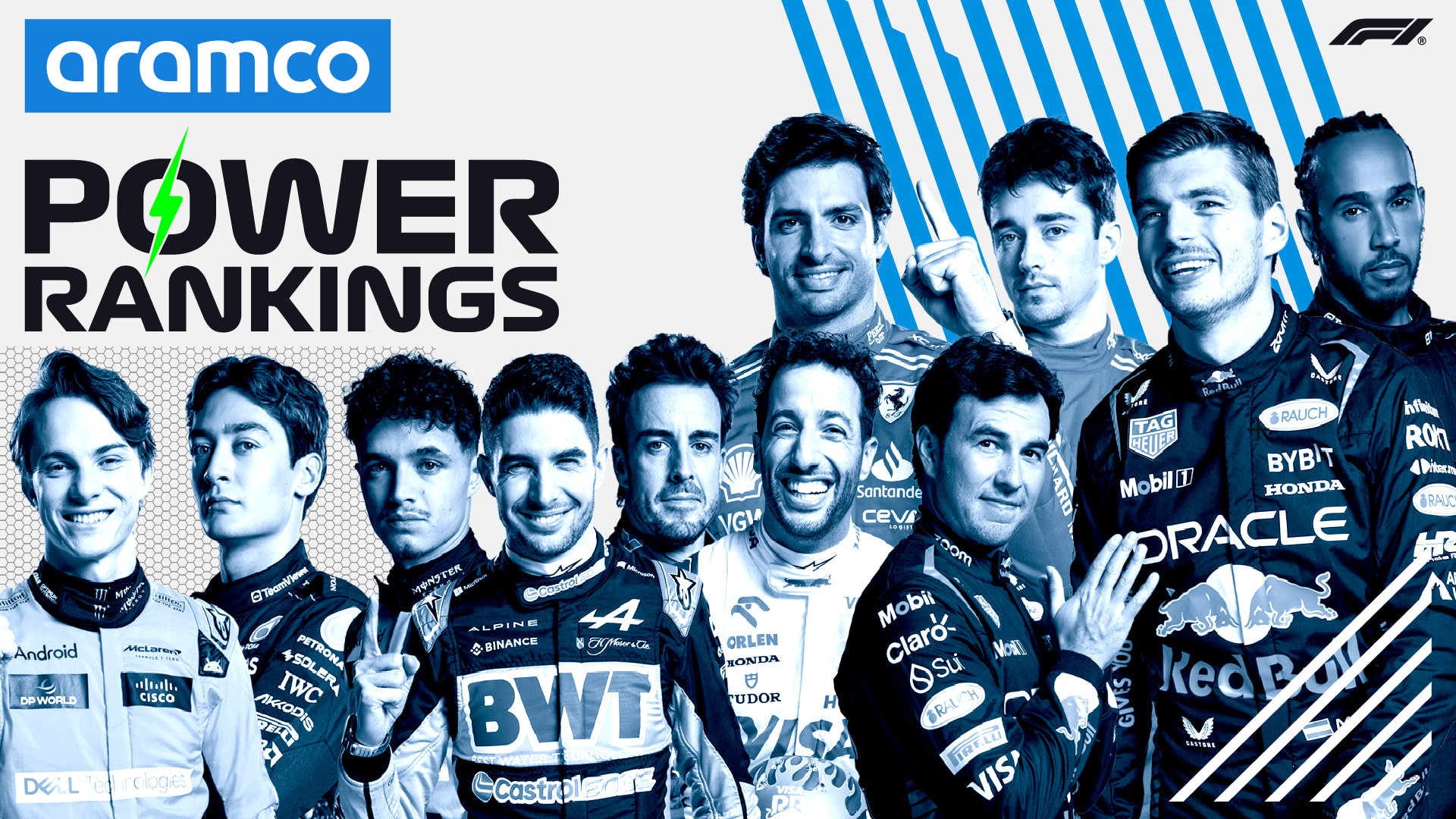
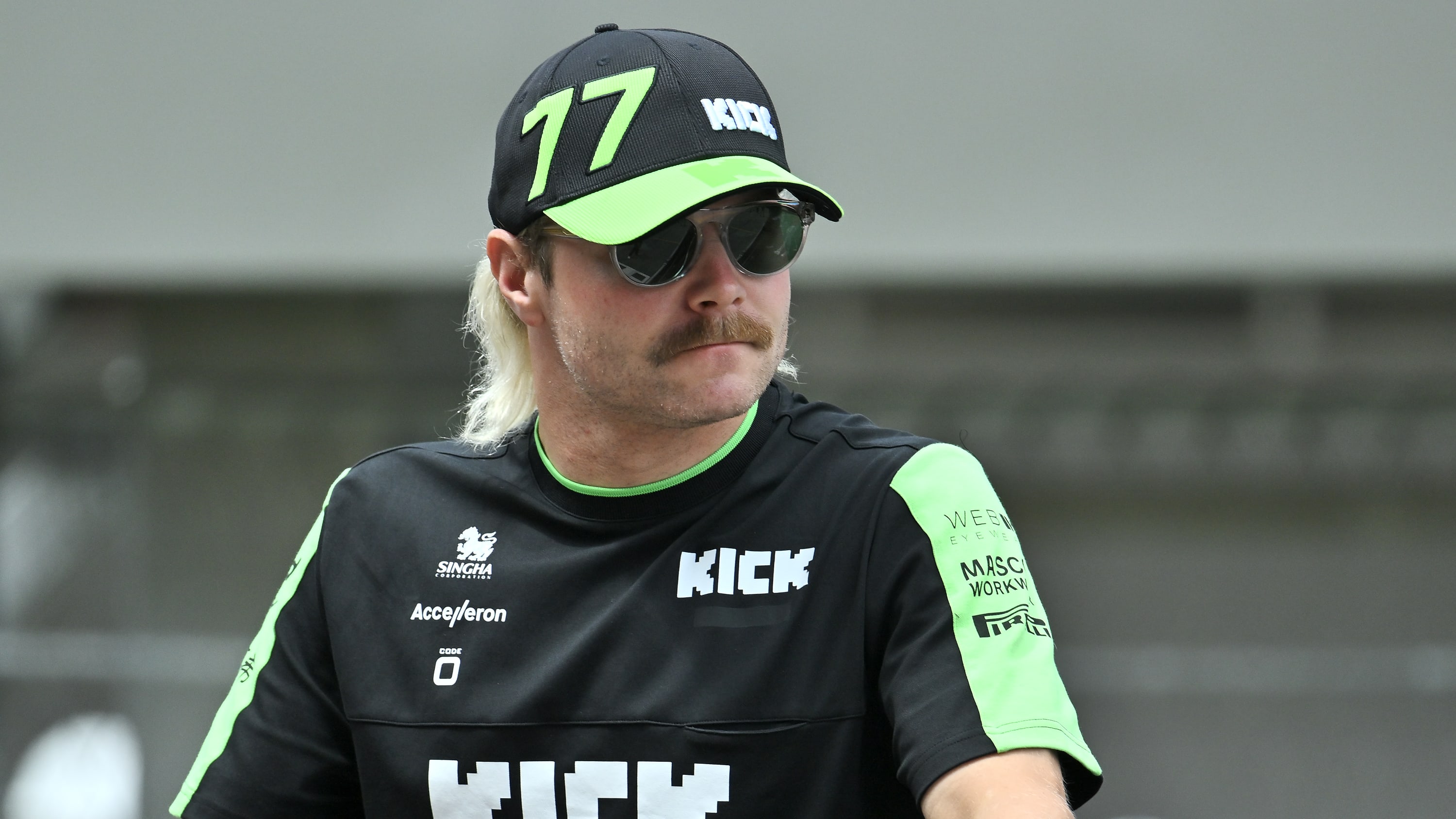
.png)
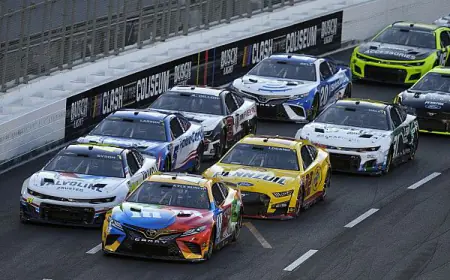



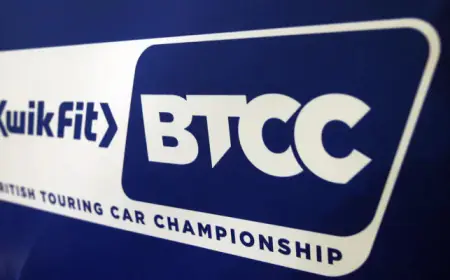
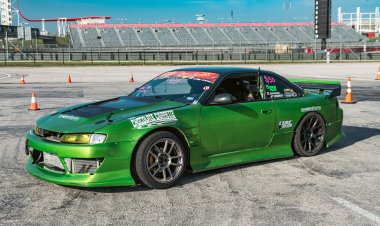
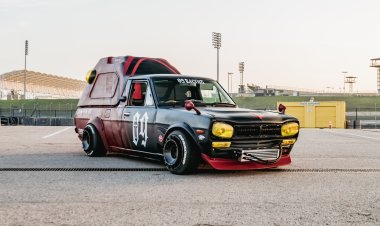


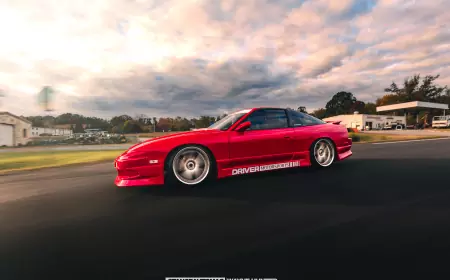


![[HOONIGAN] Ken Block's GYMKHANA NINE](https://img.youtube.com/vi/_bkX5VkZg8U/maxresdefault.jpg)










